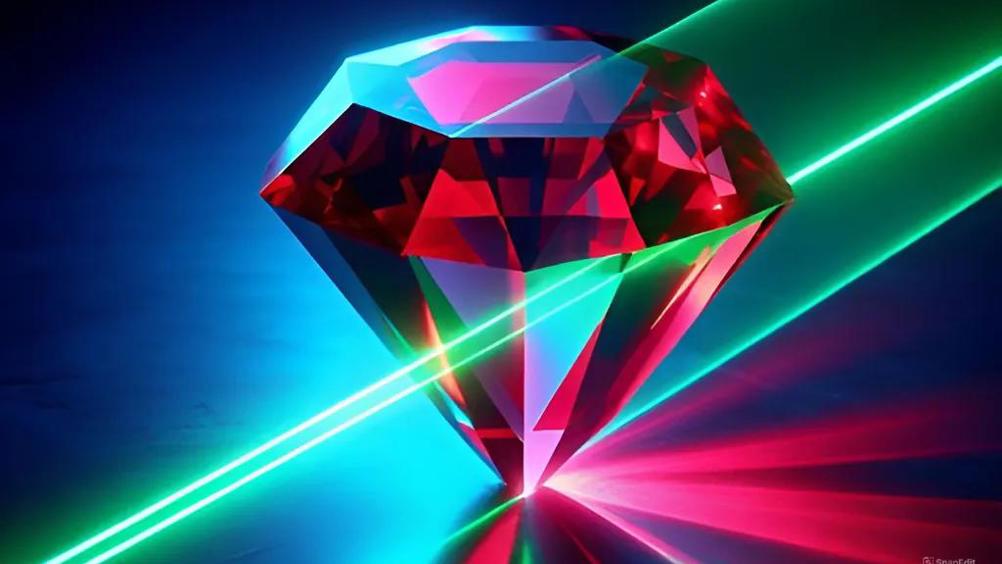Laser beam casts visible shadow
In an advance for the control and manipulation of light, researchers from the University of Ottawa have demonstrated a laser beam casting a visible shadow.

Led by Jeff Lundeen, Associate Professor in the Department of Physics at uOttawa, in collaboration with the Boyd Research Group, this discovery marks the first time such an effect has been observed and challenges understanding of how light interacts with itself.
Typically, photons pass through each other without interacting, but the Ottawa experiment revealed an effect in which the shadow of a laser beam shows the same behaviour of shadows cast by solid objects.
"We've shown that under certain conditions, light can actually block other light, creating a shadow," Professor Lundeen said in a statement. "This opens up exciting new possibilities for controlling and manipulating light in ways we never thought possible before."
The team's experimental setup involved shining a green laser beam through a ruby crystal while illuminating it from the side with blue light. This arrangement created a shadow on a surface, visible to the naked eye. The effect occurs due to reverse saturation of absorption in the ruby crystal, which allows the green laser to block the passage of blue light, resulting in a dark region that follows the contours of the laser beam.
Register now to continue reading
Thanks for visiting The Engineer. You’ve now reached your monthly limit of news stories. Register for free to unlock unlimited access to all of our news coverage, as well as premium content including opinion, in-depth features and special reports.
Benefits of registering
-
In-depth insights and coverage of key emerging trends
-
Unrestricted access to special reports throughout the year
-
Daily technology news delivered straight to your inbox










Water Sector Talent Exodus Could Cripple The Sector
Maybe if things are essential for the running of a country and we want to pay a fair price we should be running these utilities on a not for profit...